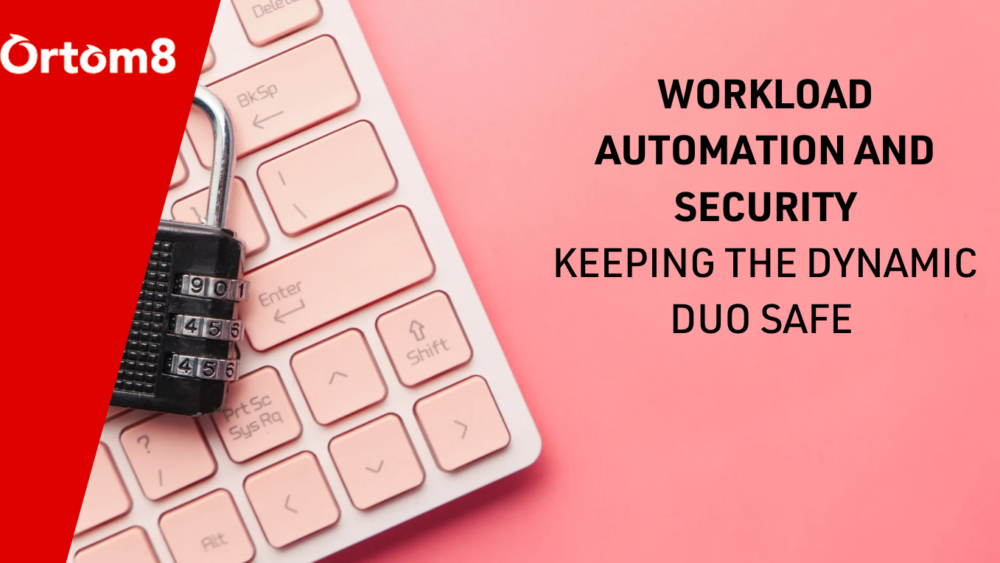We all know that workload automation can help organisations streamline their operations, reduce errors, and increase efficiency. However, automation also poses some security risks, and it is important for organisations to take appropriate measures to secure their automated workflows. In this article, we will explore the security considerations of workload automation and provide guidance on how to secure automated workflows –ensuring the power couple of IT efficiency and safety remain impermeable and harmonious.
Check their ID:
Authentication is a critical security measure for any system, including automated workflows. Ensure that only authorised users can access the automated workflows and that all user accounts are secure with strong passwords or multi-factor authentication.
Like a bouncer at a nightclub:
Are they on the guest list? Do they really need a VIP pass? Workload automation tools should provide role-based access control (RBAC) to ensure that users only have access to the resources they need. RBAC helps to prevent unauthorised access and minimize the risk of data breaches.
Keep the Secret code:
Use encryption to protect sensitive data in transit and at rest. Encryption can prevent unauthorized access to data even if a system is breached. So even if people get to your secrets, they won’t be able to read them.
Watch and learn:
Implement robust monitoring and logging tools to detect unusual activity, track changes, and audit access to the automated workflows. Regularly review the logs to identify any security threats or potential vulnerabilities.
Build a house of mirrors
Segment the network to separate the automated workflows from other systems and limit access to the automated workflows. This helps to prevent attackers from moving laterally across the network and accessing other systems. It’s like building a virtual house of mirrors for your hackers. They might think they’ve found a way in, but with all the different segments and mirrors reflecting at them, they’ll end up lost and confused.
Don’t neglect your vitamins:
Regularly patch the workload automation tools and underlying infrastructure to address security vulnerabilities. Attackers often exploit known vulnerabilities to gain unauthorized access to systems. Keep your system healthy, secure, and protected from all the digital germs floating around out there.
Have a plan and test it:
Develop a disaster recovery plan to ensure that automated workflows can be recovered in the event of a security incident. Regularly test the disaster recovery plan to ensure that it is effective.
In conclusion, workload automation can provide many benefits to organizations, but it is important to ensure that automated workflows are secure. Implementing appropriate security measures such as secure authentication, role-based access control, encryption, monitoring and logging, segmentation, patch management, and disaster recovery planning can help to mitigate security risks and protect sensitive data.
Contact us to find out more about how we can help keep you reap the benefits of workload automation at info@ortom8.com

Comments are closed.